Production of the Mk6 Quattroporte has finally ended after 11 years.
Maserati must be feeling quite disappointed, having believed that a suave sporting limousine would inspire a tenfold rise in annual sales to 50,000 but then seeing that number exceeded only once, as the Quattroporte was continually outsold by the BMW 7 Series. Its “fitness for purpose being a touch eccentric”, its high prices and a failure to keep it up to date are mostly to blame.
Things could have been much, much worse, though – as Maserati well knows from its experience with the second-generation Quattroporte, of which only 13 examples were ever built. Not 13 thousand, not 13 hundred – 13.
The original Quattroporte of 1961 was fantastic for Modena, setting the template for cars of its kind – rear-wheel drive, a powerful V8 and a fine balance of comfort and athleticism – and attracting almost 800 sales (the luxury car market was minute back then).
Work on a replacement started after Maserati agreed on entering a joint venture with Citroën, which wanted expert help in developing its first GT, the uniquely stunning SM. As such, the two cars used the same chassis (significantly putting the Quattroporte’s driven axle at the front), 3.0-litre V6 and novel hydropneumatic suspension, while Maserati transferred design responsibility from Pietro Frua to Marcello Gandini of Bertone
When it made its debut at the Paris motor show in October 1974, Autocar was somewhat dismissive, due to its all-Citroën running gear, even speculating that it had perhaps originally been intended as a four-door SM, but we nonetheless had “no doubt it will be a most luxurious and comfortable long-distance touring car”.
Enjoy full access to the complete Autocar archive at themagazineshop.com


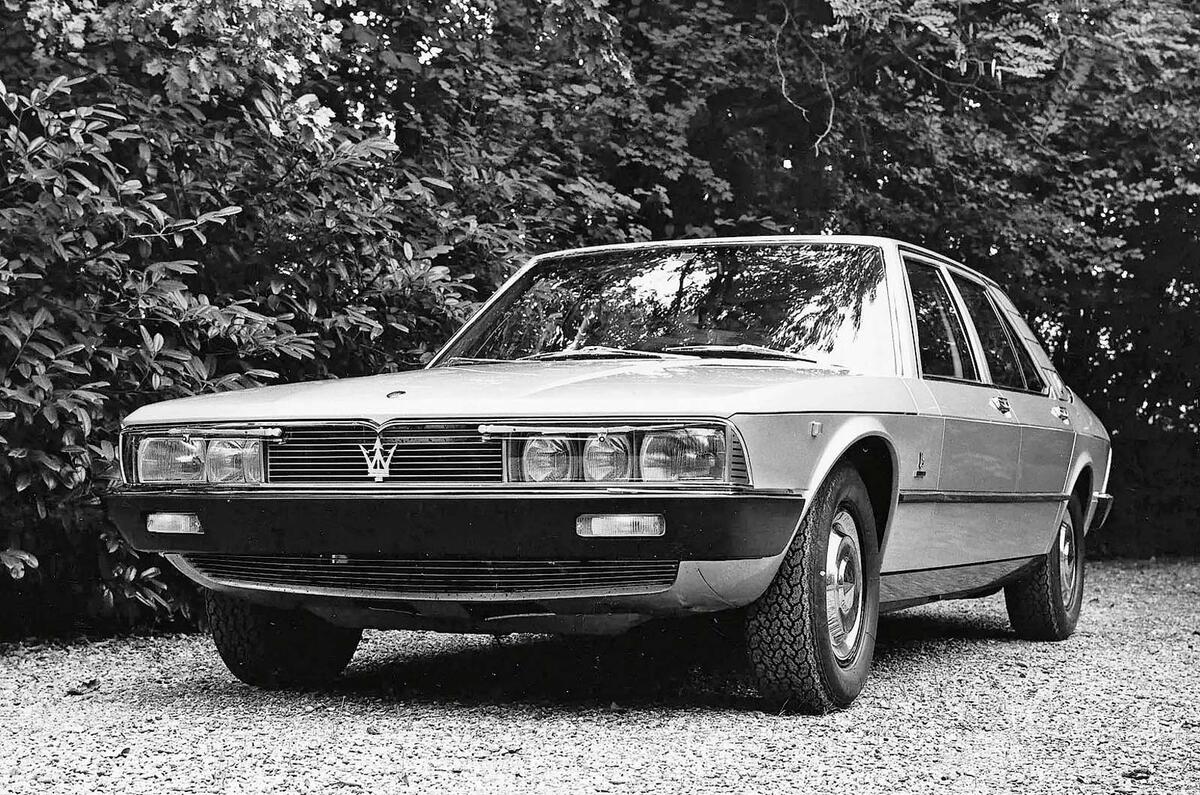
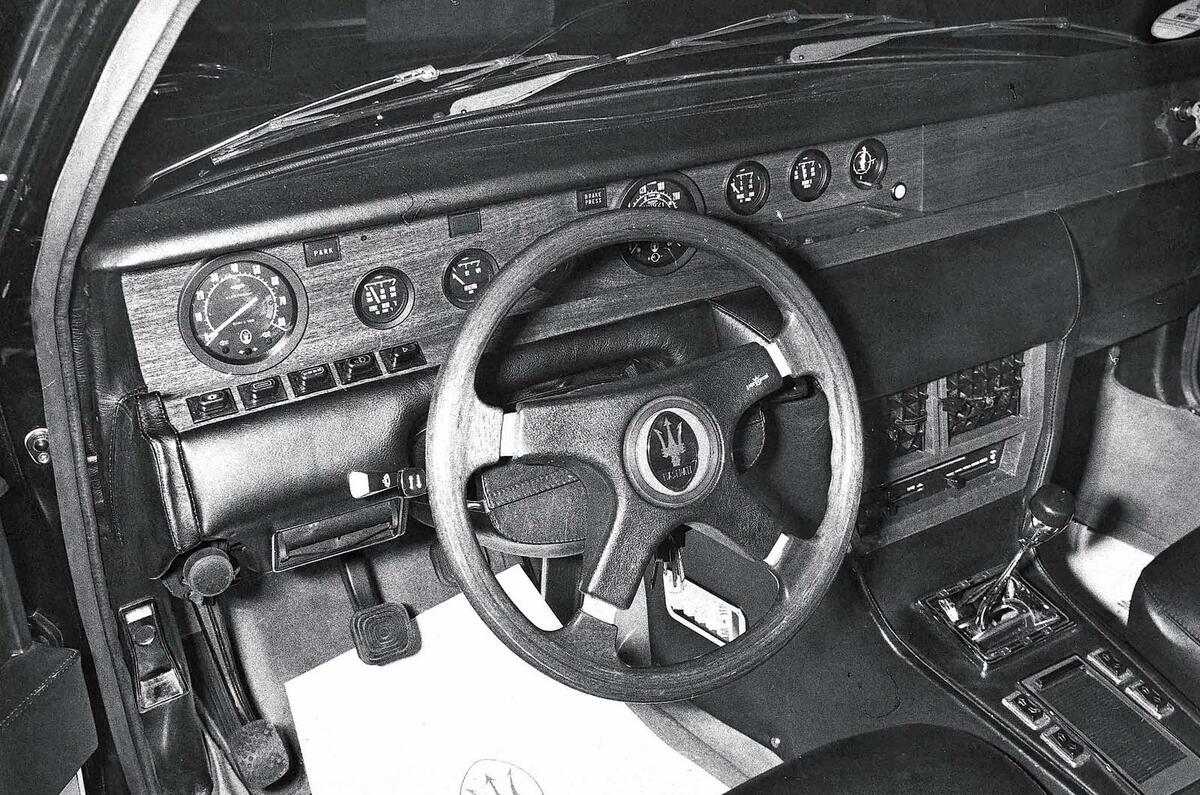
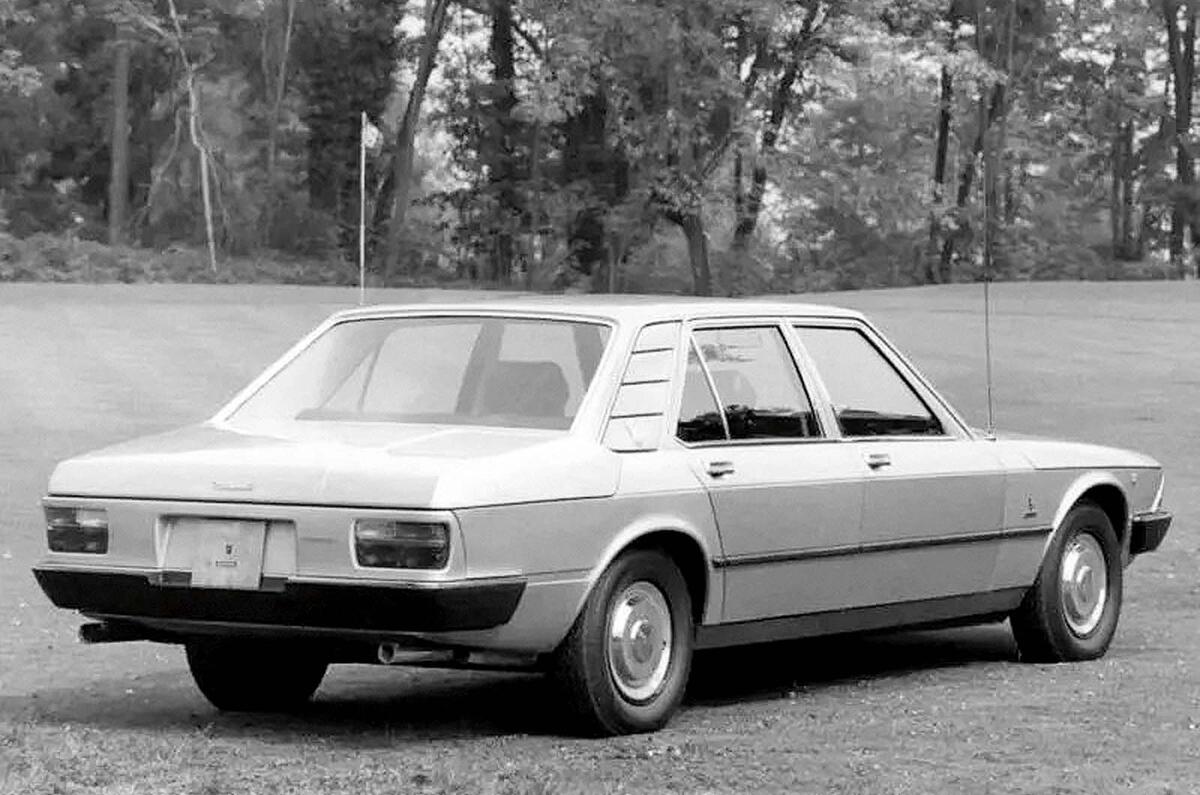
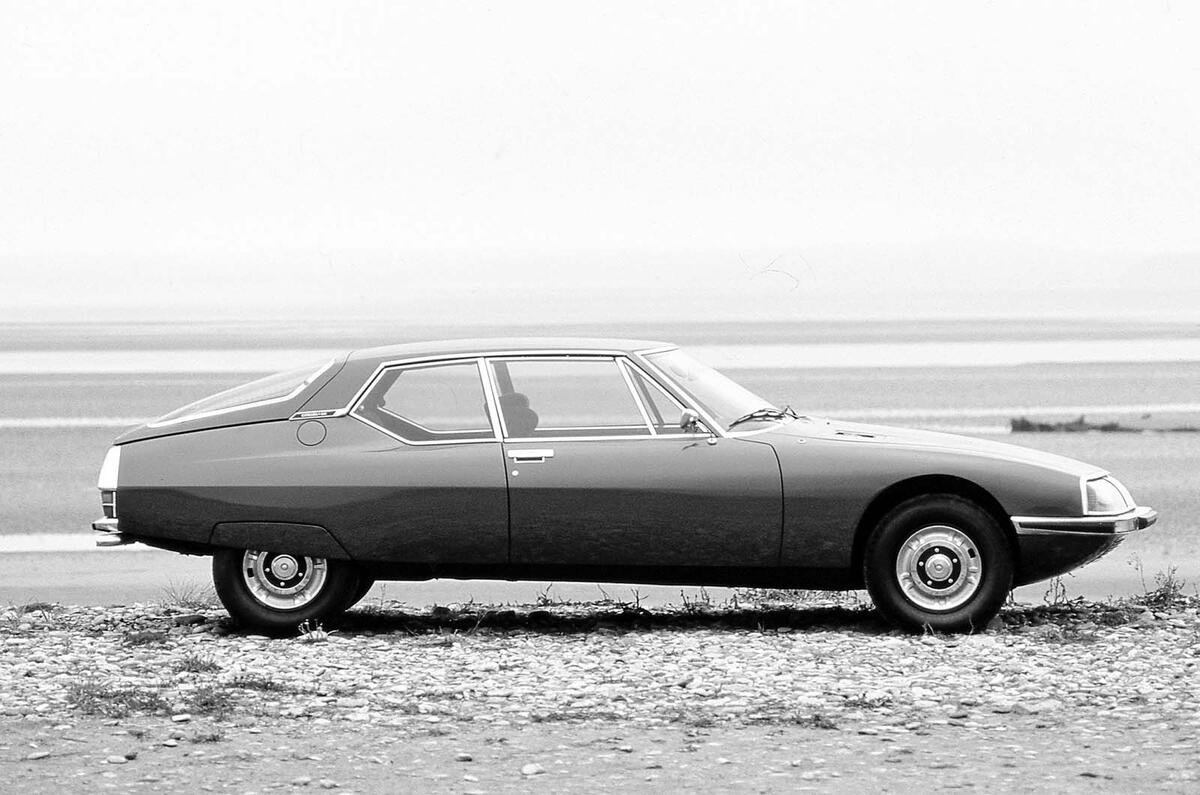
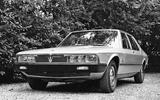
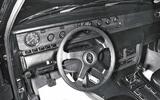
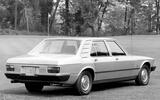
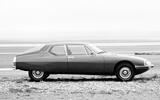



Join the debate
Add your comment
Wow, reading about Maserati's struggles and that lost limousine is tough! It's wild how external events like the oil crisis can just slice through even the grandest plans. Makes you appreciate when things are simple and straightforward, like a quick game of Fruit Ninja to clear your head.
Carjager did a good video on them on youtube